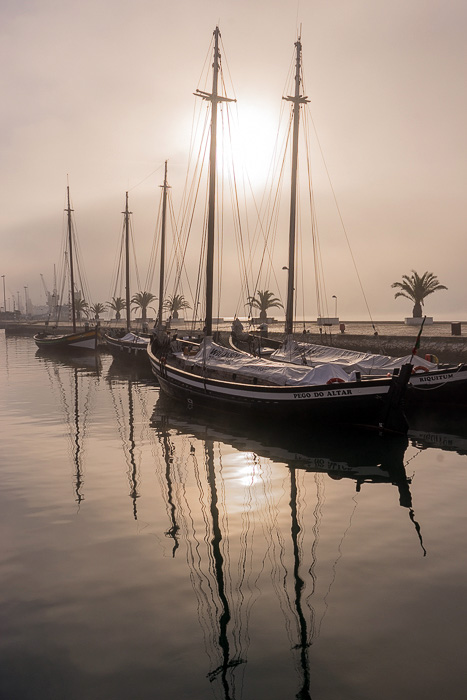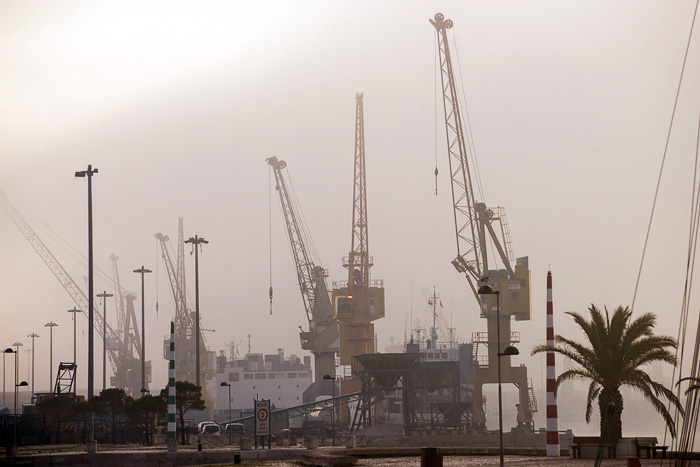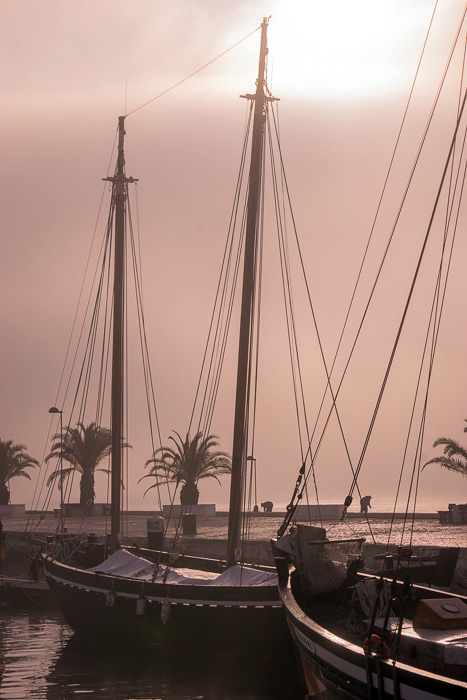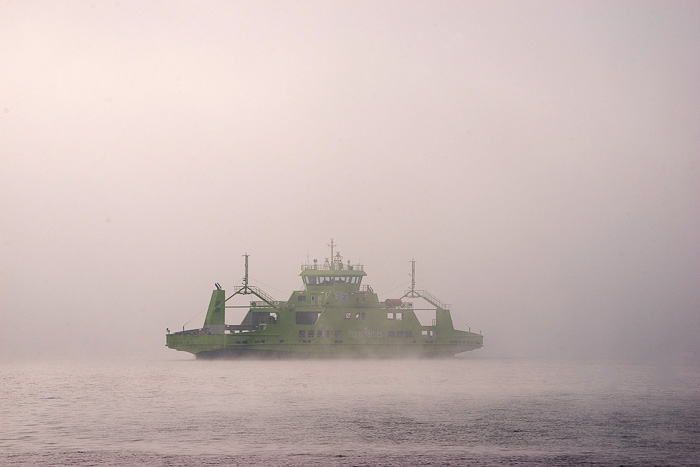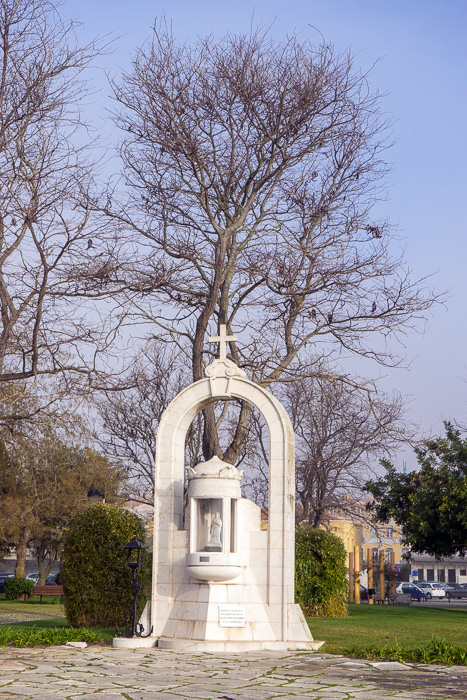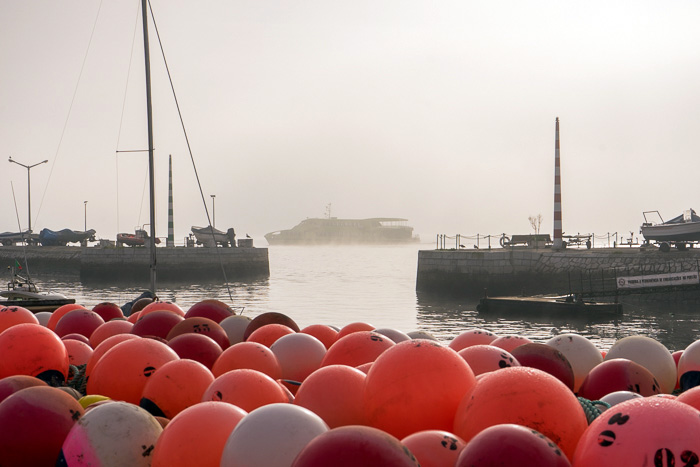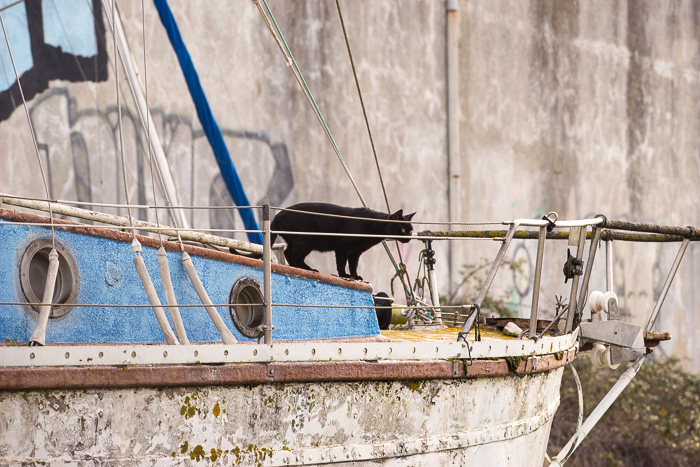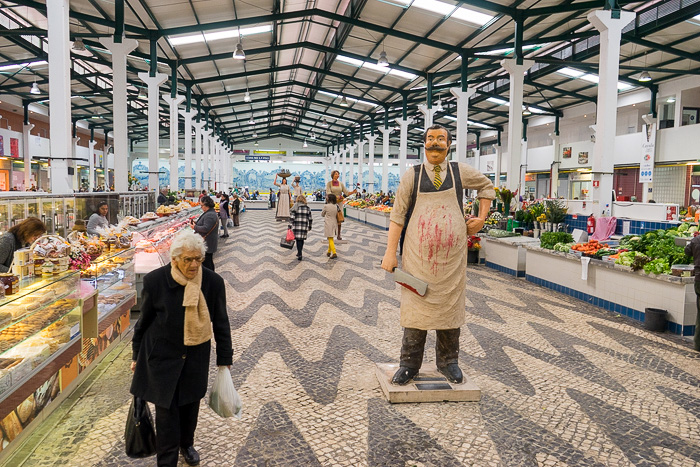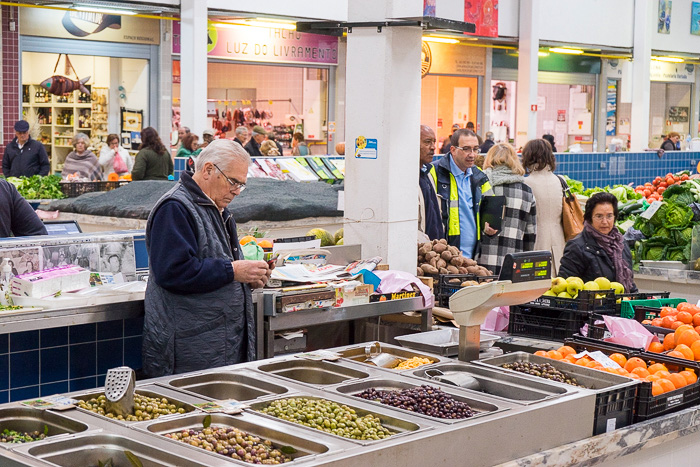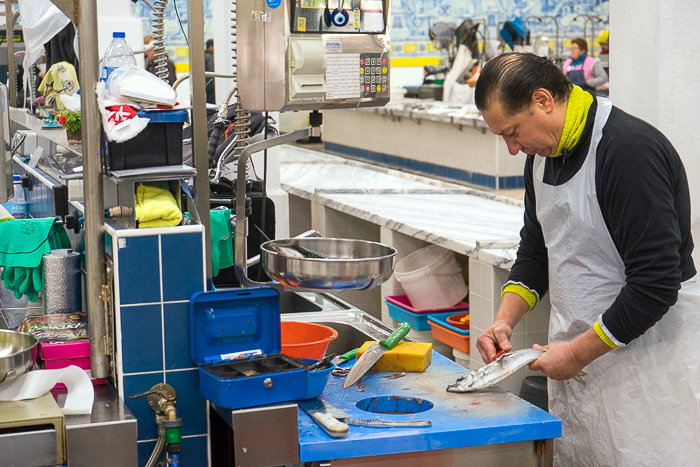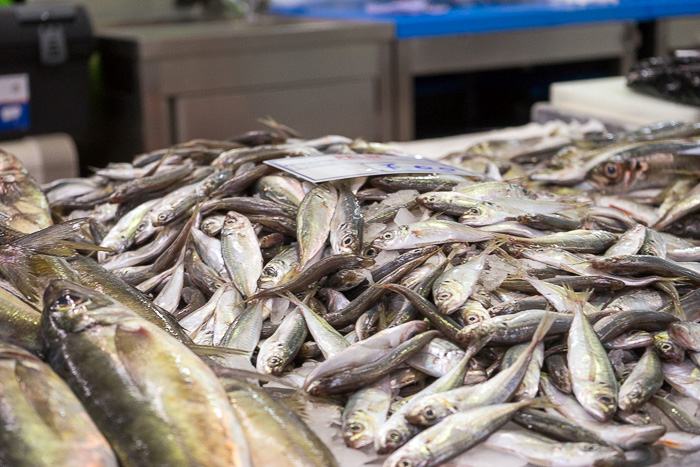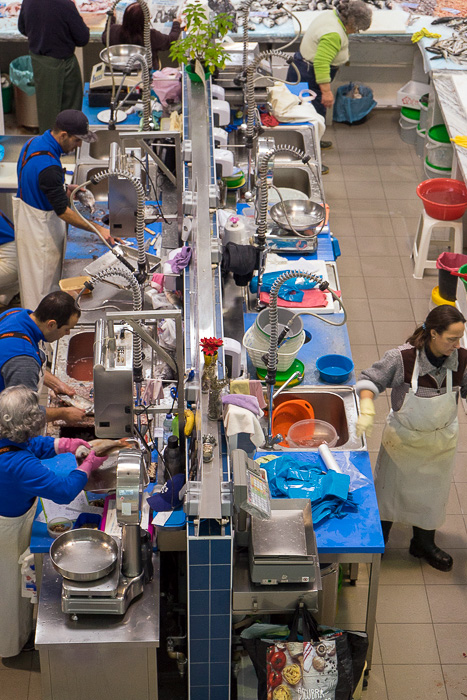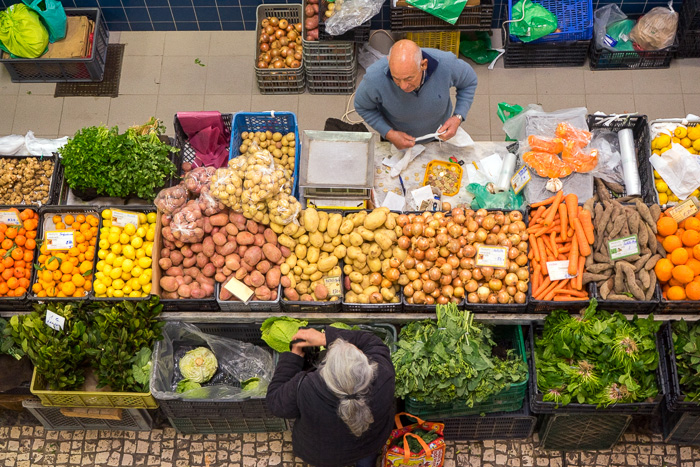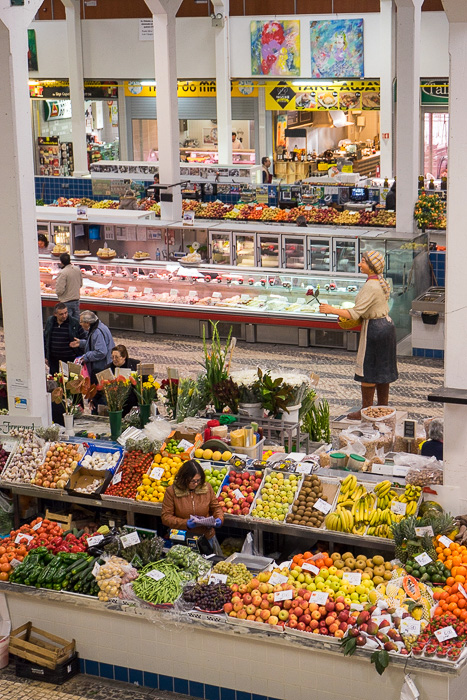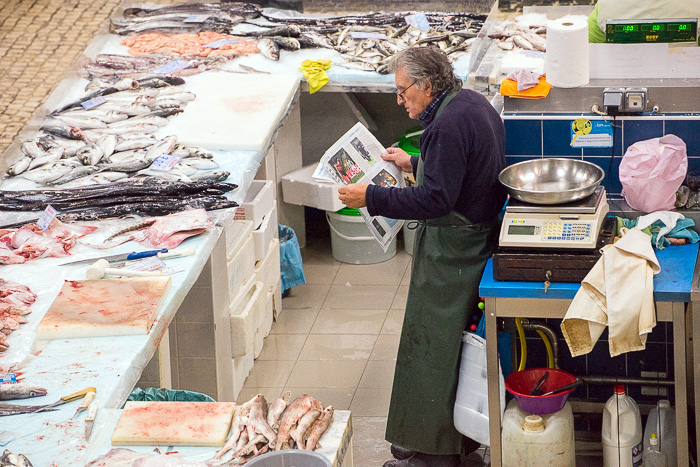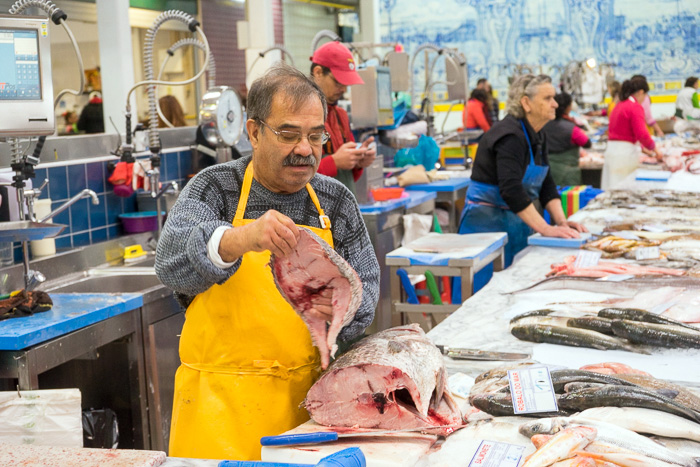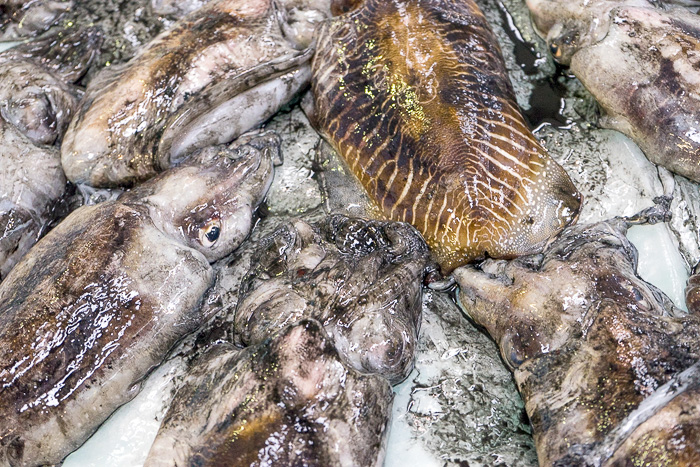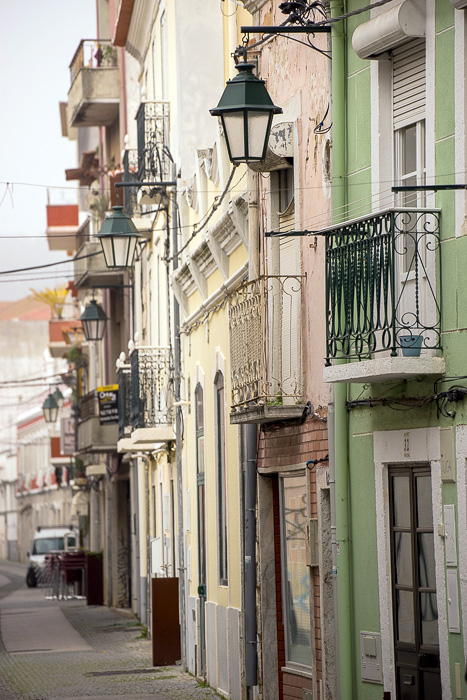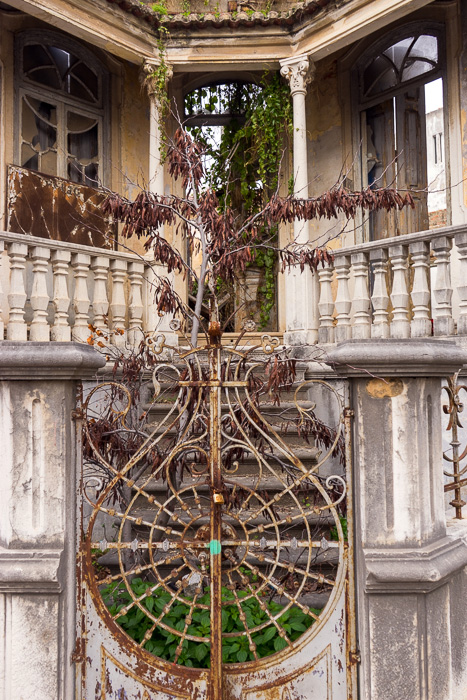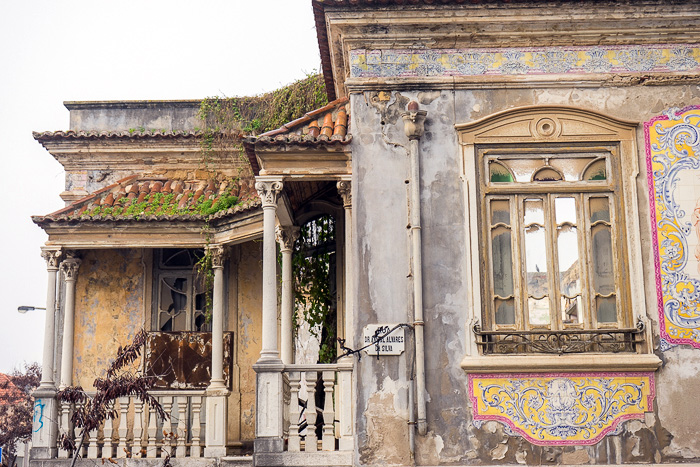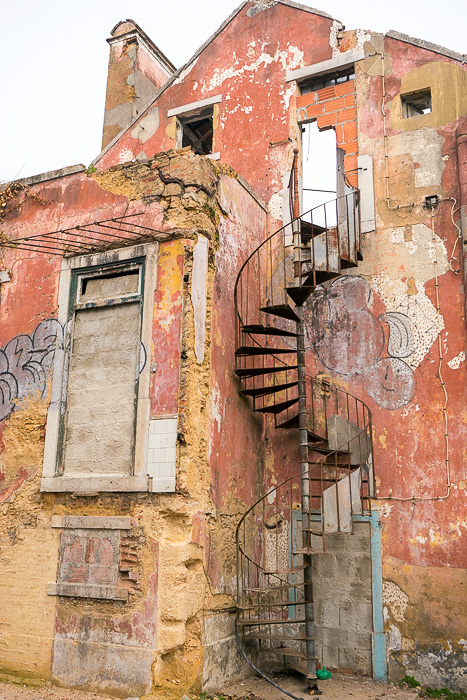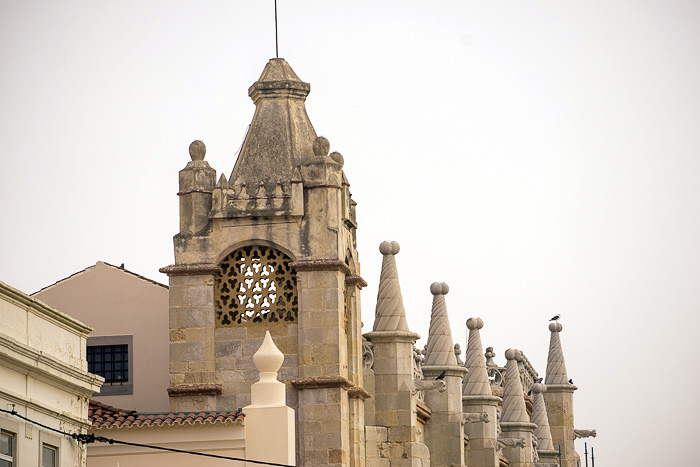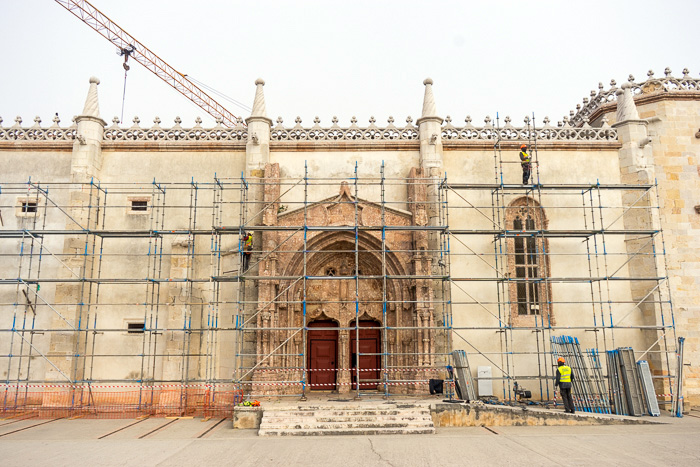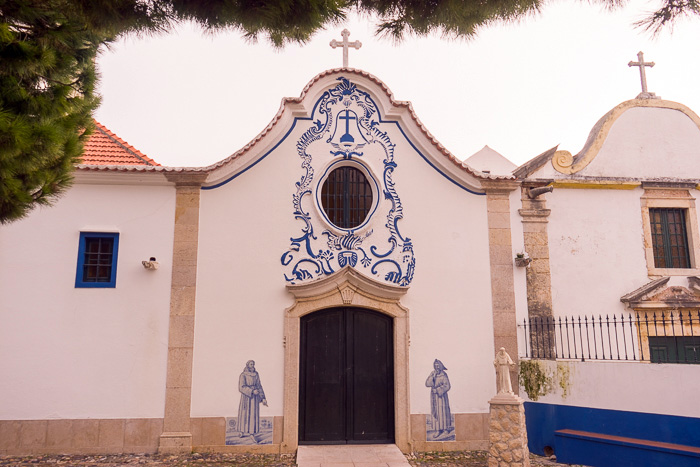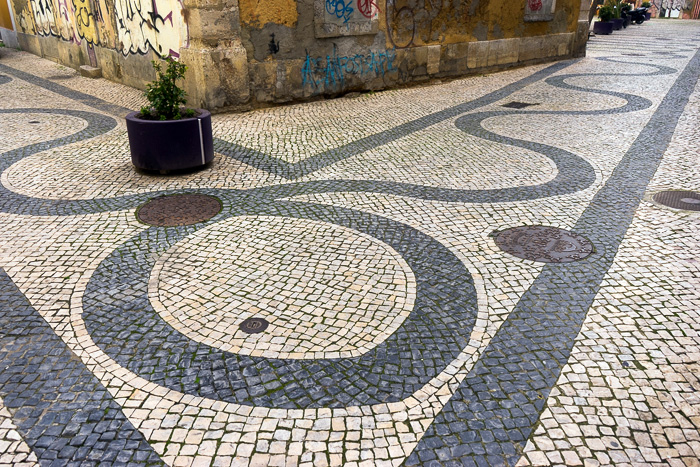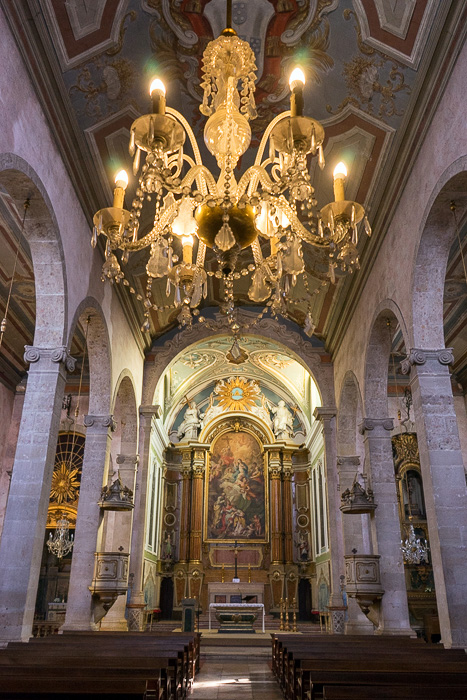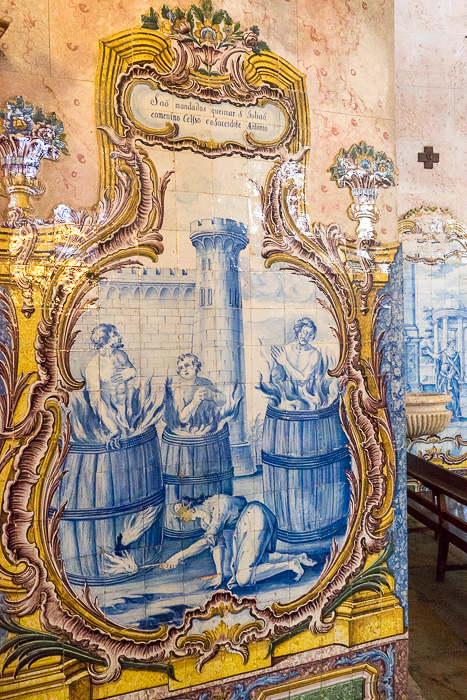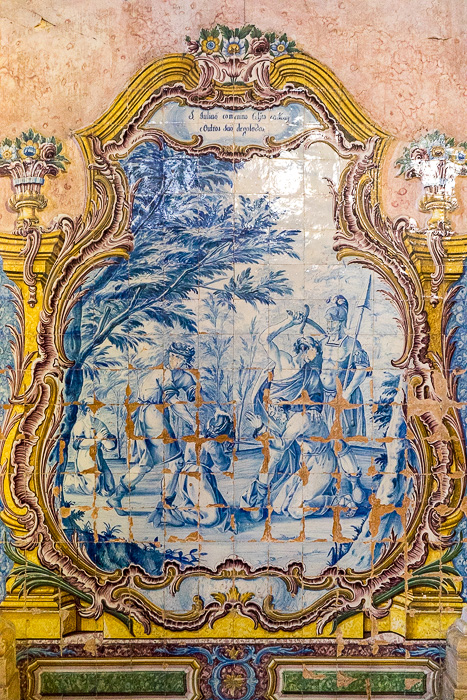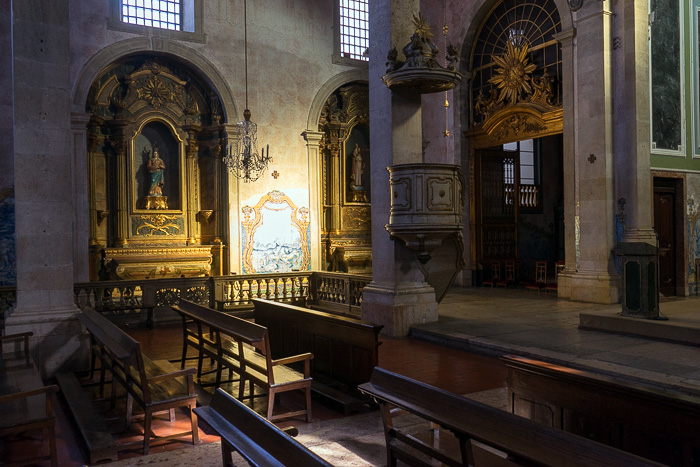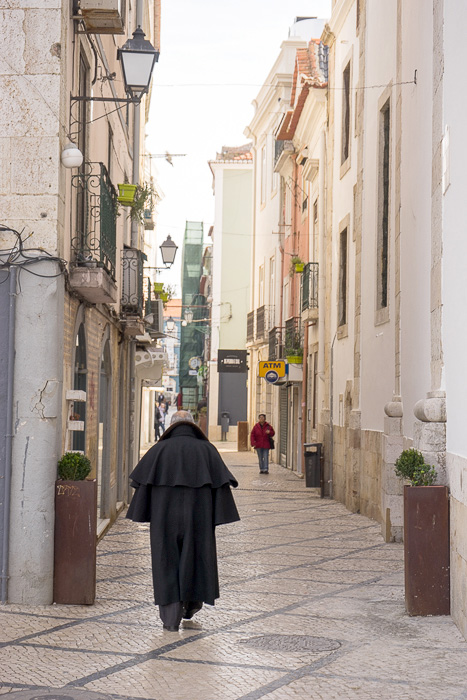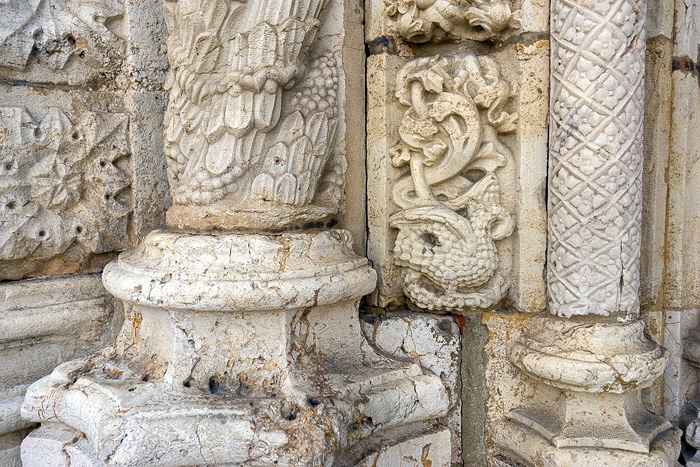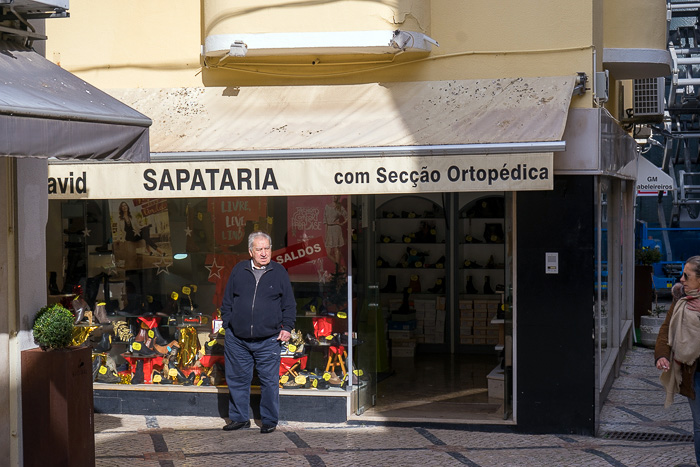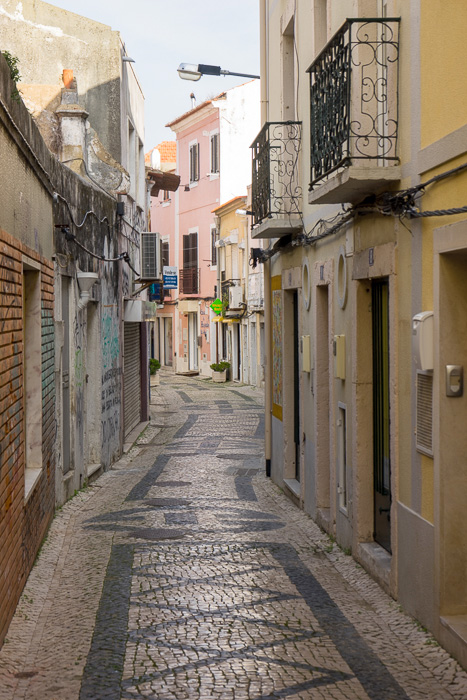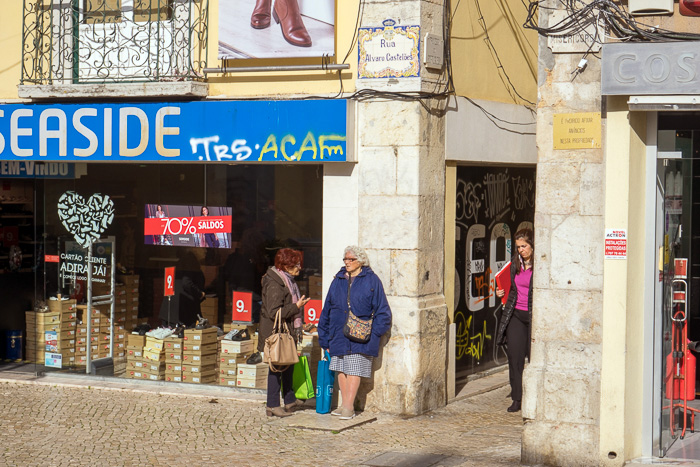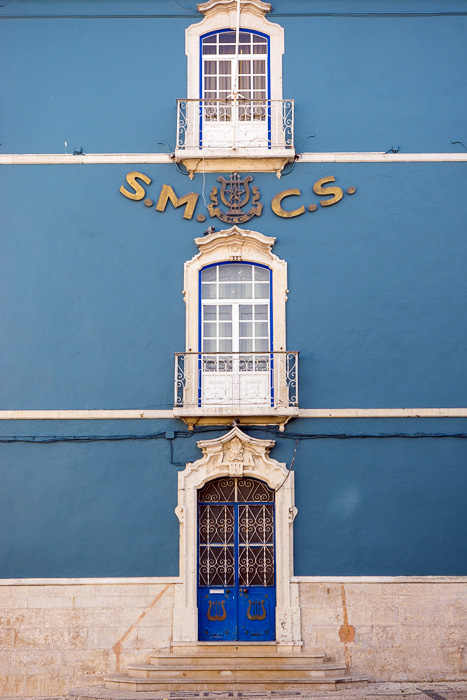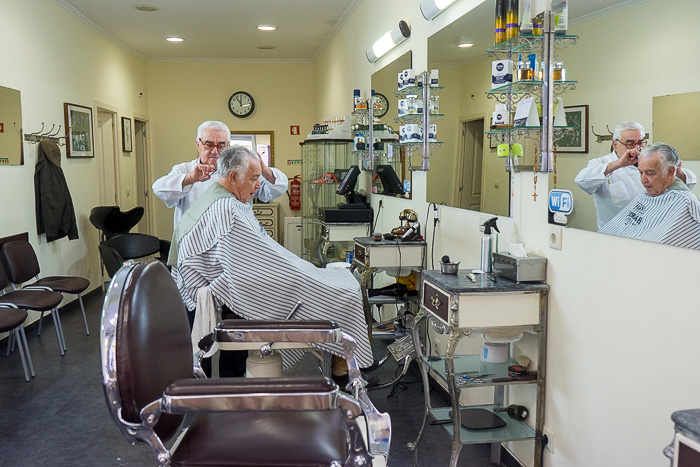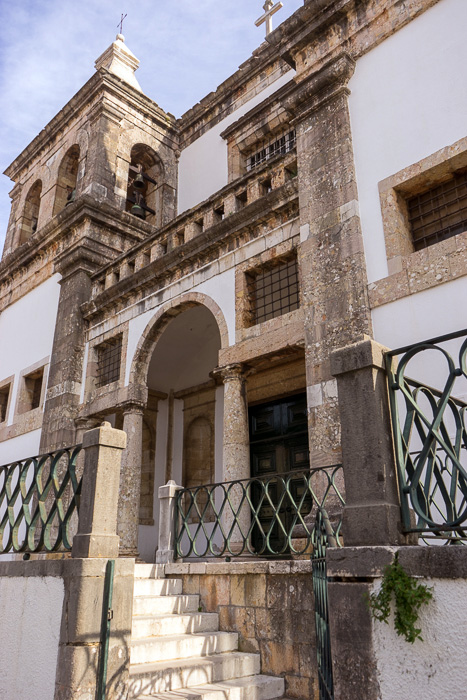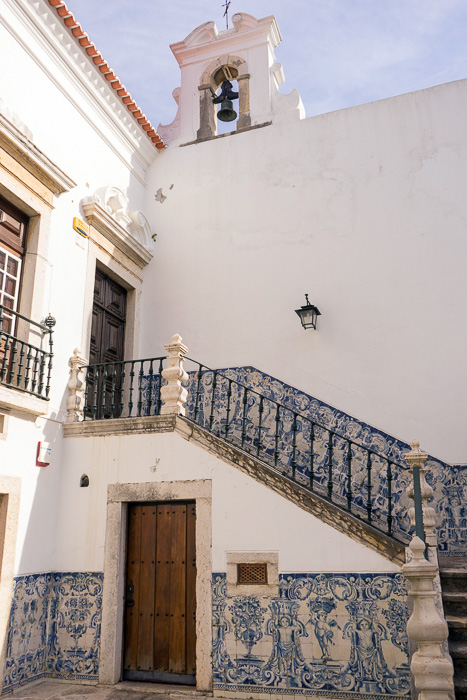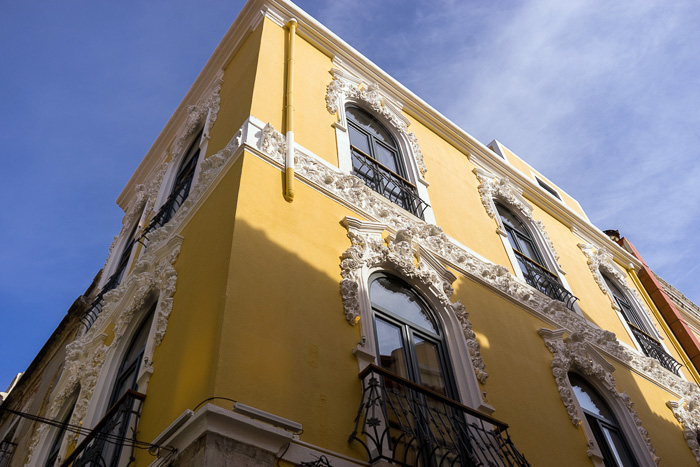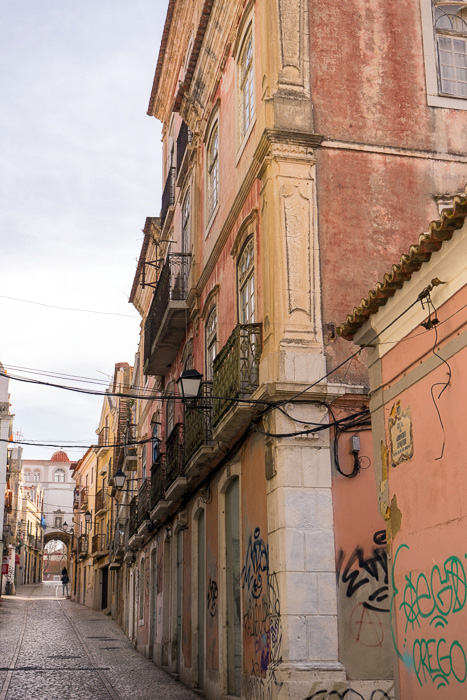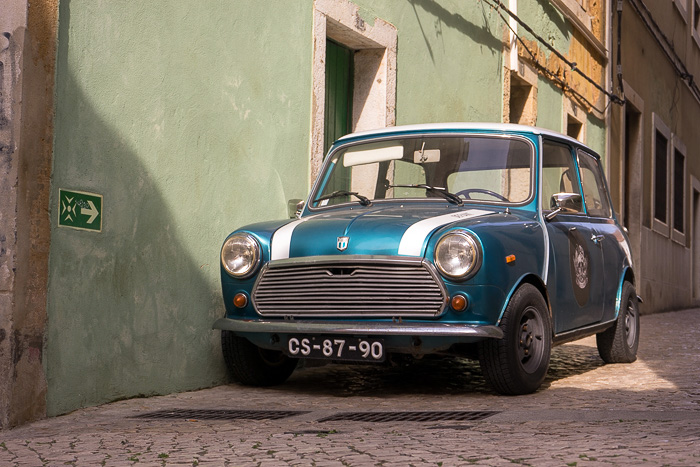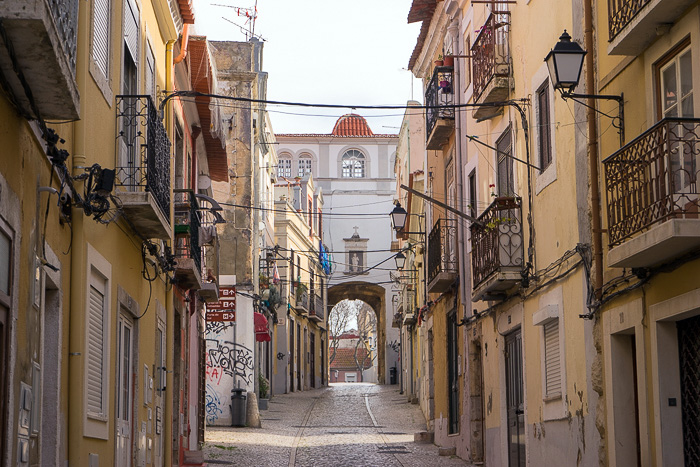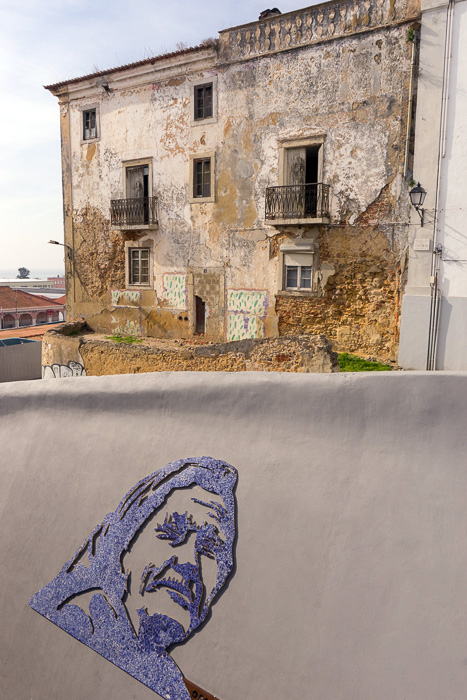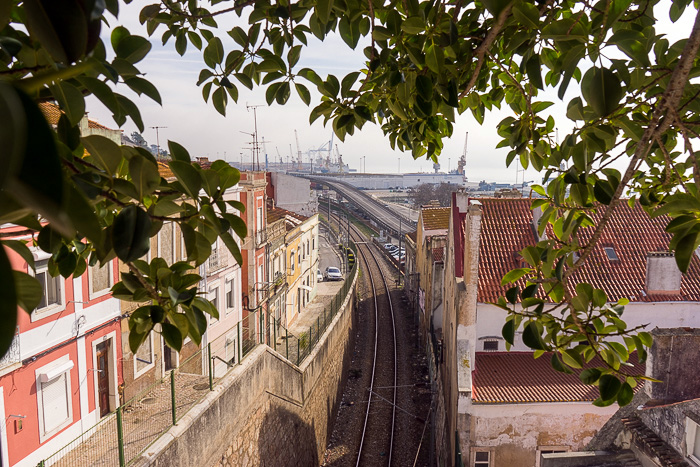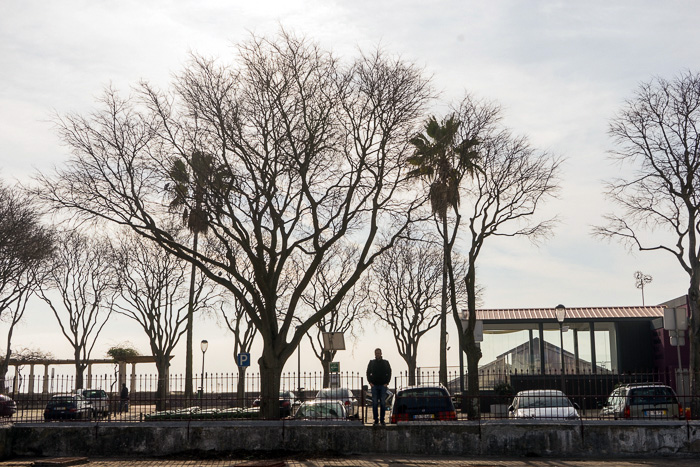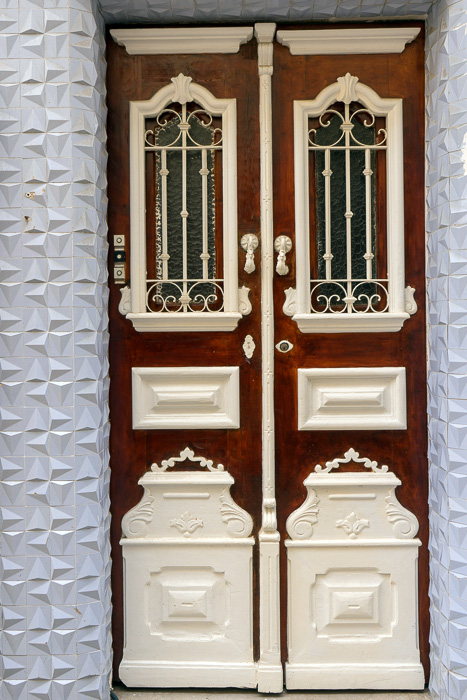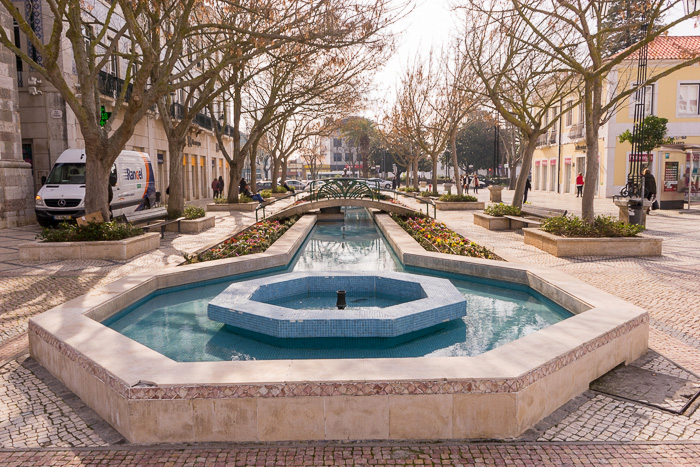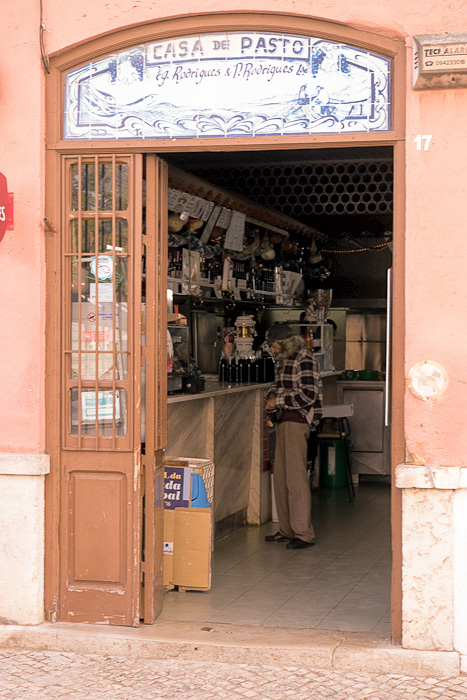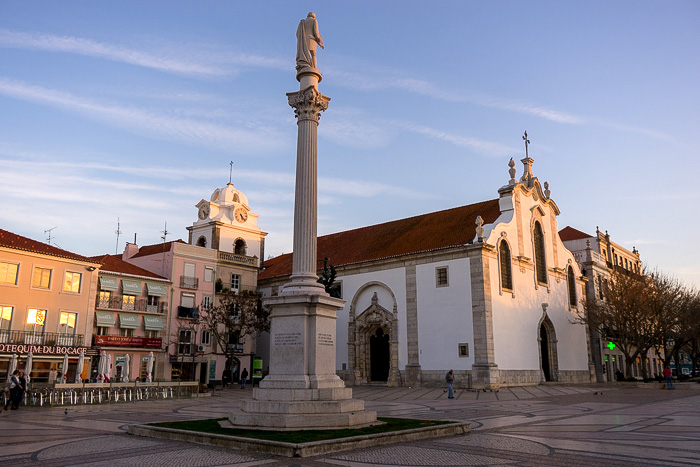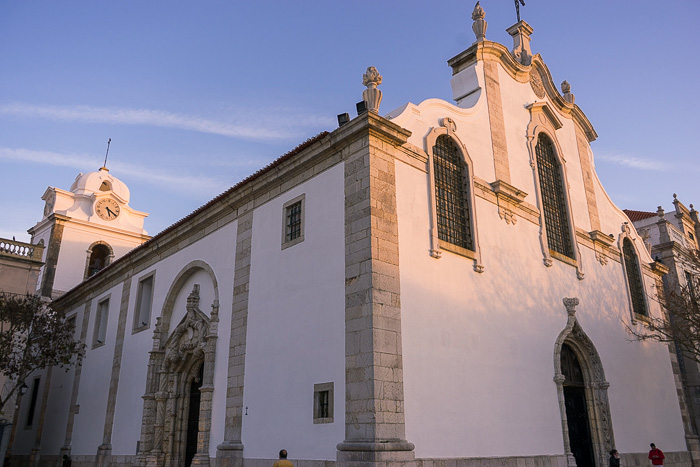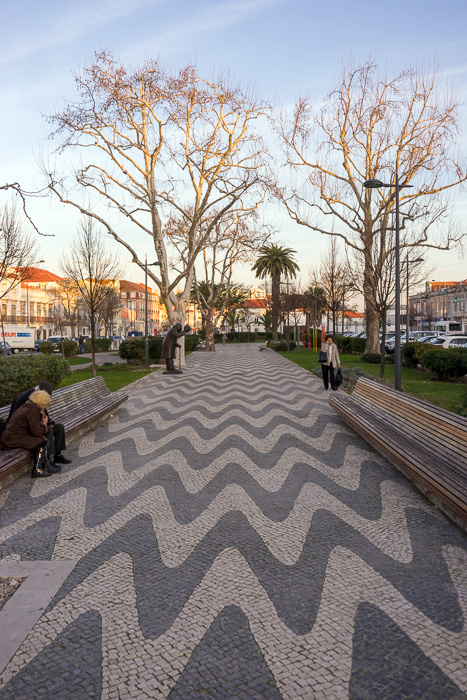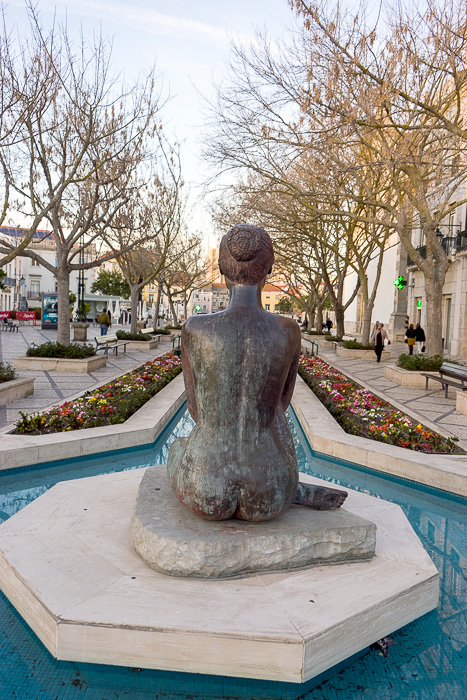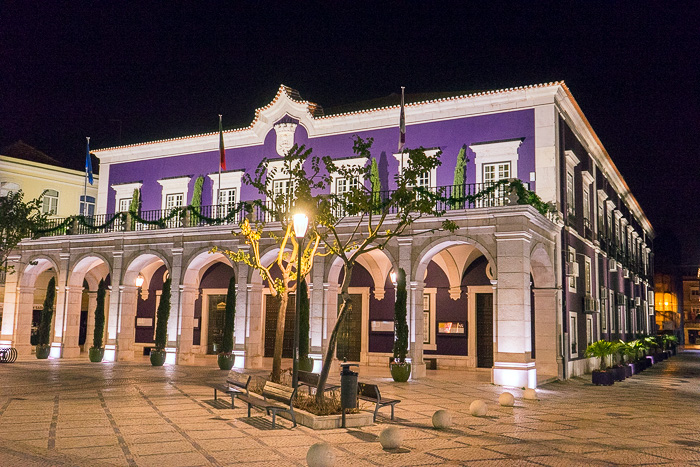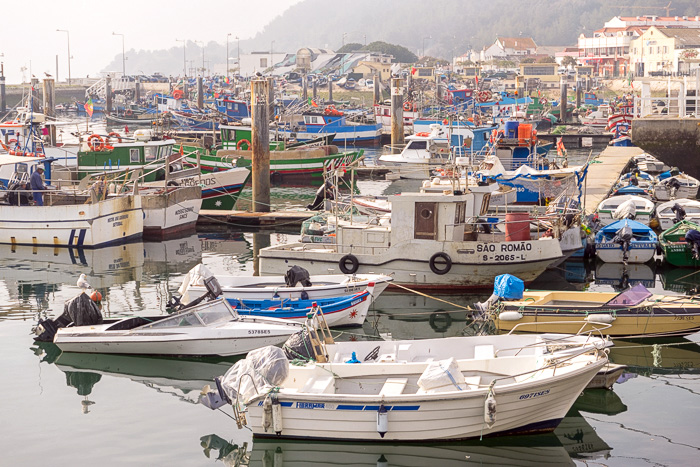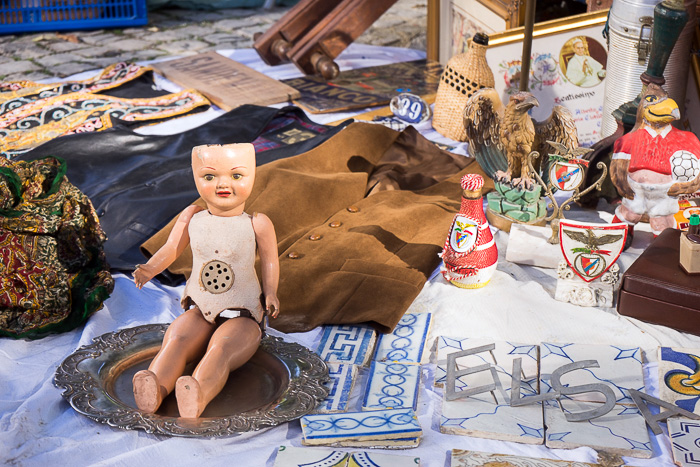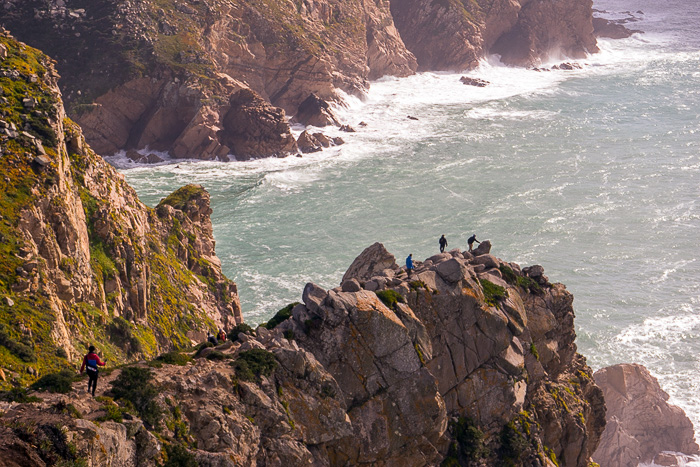The Old Town of Setubal
From the ramparts of the Castelo de Palmela, we had an excellent view over nearby Setubal, which would be the next destination of our four-day road trip from Lisbon. Although we knew it was Portugal’s third-largest city, we were surprised by the extent to which Setubal sprawls along the coast, and suddenly uncertain we’d given ourselves enough time to see everything the town had to offer.
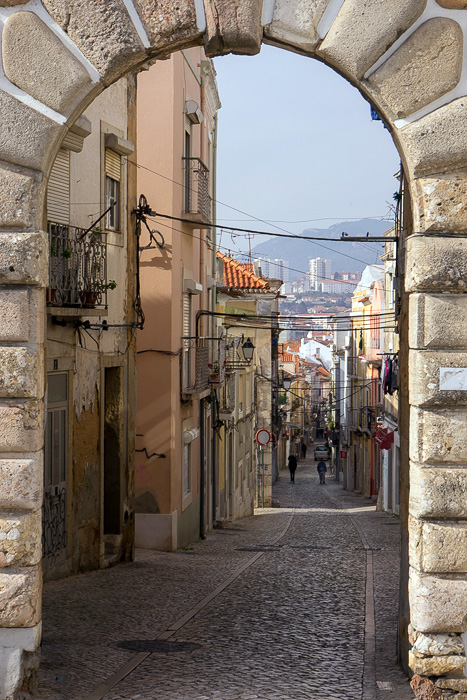
As it turns out, a day and a half in Setubal turned out to be perfect. This is an industrial town, and although it does spread out impressively along the coast, almost all of the main sights are in a central pocket.
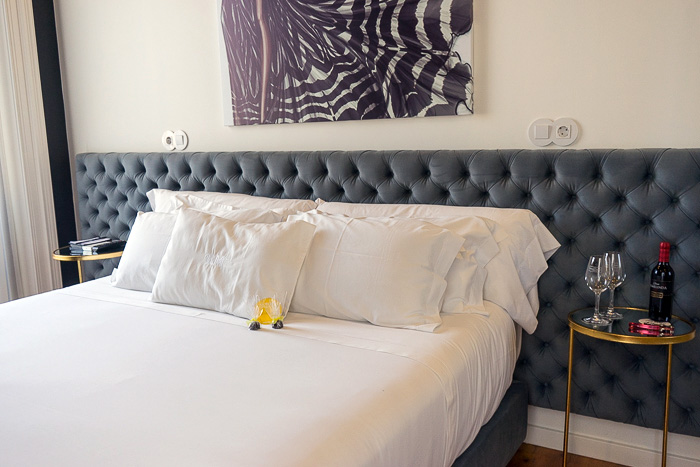
We had been invited to stay in the RM Guesthouse, an award-winning luxury boutique hotel right in the heart of the town. The lovely proprietor, Rita Martins, greeted us at the door and showed us around; all of the rooms are dedicated to famous fashion designers, and we almost felt guilty shuffling our time-worn Levis and ratty sneakers into the Roberto Cavalli Room. The RM Guesthouse was the perfect base from which to explore Setubal.
Armed with a map, we set off into Setubal to see the sights, making a beeline for the nearby Mercado do Livramento. Portugal’s largest covered market is a thing to behold, putting to shame all the markets we’d seen in Lisbon. At least half of the hall is dedicated to the fish which arrives daily from the port, with especially big selections of choco (cuttlefish), the local specialty.
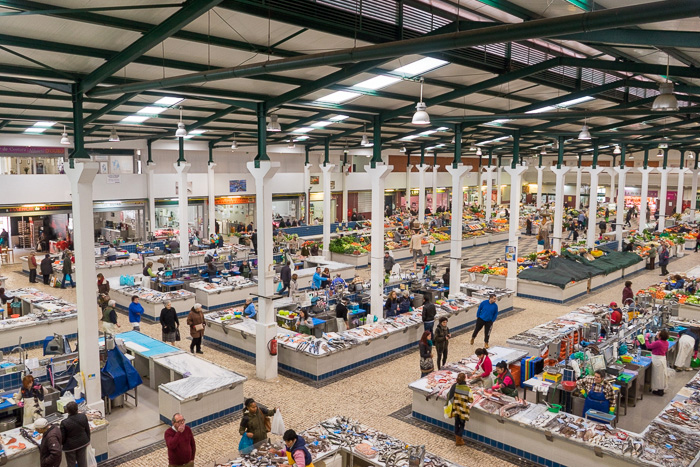
From the market, we crossed the Avenida Luísa Todi (named for a 19th-century soprano), and arrived at the Praça de Bocage (named for a neoclassical poet). More or less the main square of Setubal, the Praça de Bocage serves as the entrance to the pedestrian streets of the old town, and boasts both the magnificent purple town hall and the Igreja de São Julião. This church originally dates from the 1200s, but was rebuilt in the Baroque style after having been destroyed in the 1755 earthquake. (We were impressed to learn that the earthquake that had so transformed Lisbon also caused damage as far south as Setúbal.)
We walked through the streets of old Setúbal, slightly annoyed by the city’s curious decision to blast pop music from speakers affixed to lampposts. Without following any specific plan, we wandered toward the east, past the Museu de Arquelogia and the Tourist Information Center, where we saw some excavated salting pits from the days of the Romans, until ending up at the ancient gate of Porta do Sol and the Igreja de São Sebastiõ.
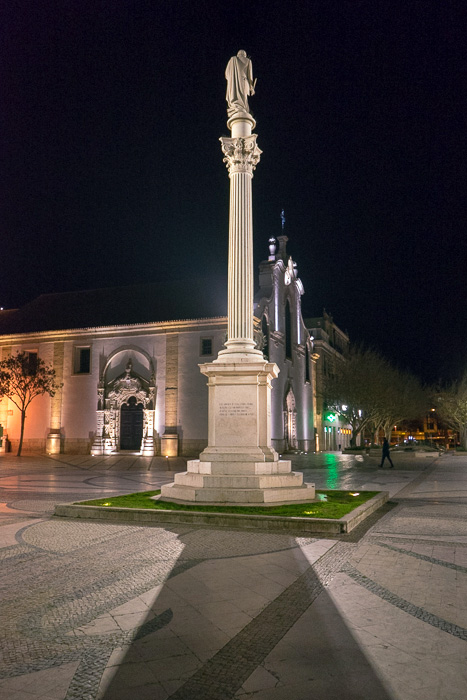
In all, our tour of the old town required no more than 90 minutes, and could have been even quicker. That was fine by us; with our earlier visit to Palmela, this had already been a long day, and we happy to call it a night. Tomorrow, we’d have another more time to see the rest of Setúbal’s sights, including the fishing port and the castle.
Locations on our Map: RM Guesthouse | Praça de Bocage | Igreja de São Sebastiõ
–Get Rewards For your Travel Content
